Our History
Growth. It’s not just a priority here at Infinite Legacy, but an obligation.
As the national transplant waiting list grew, so we had to.
There are always more lives to be saved, and always something we can improve upon to save even more.
Our work will continue until the day no one is waiting for a transplant.
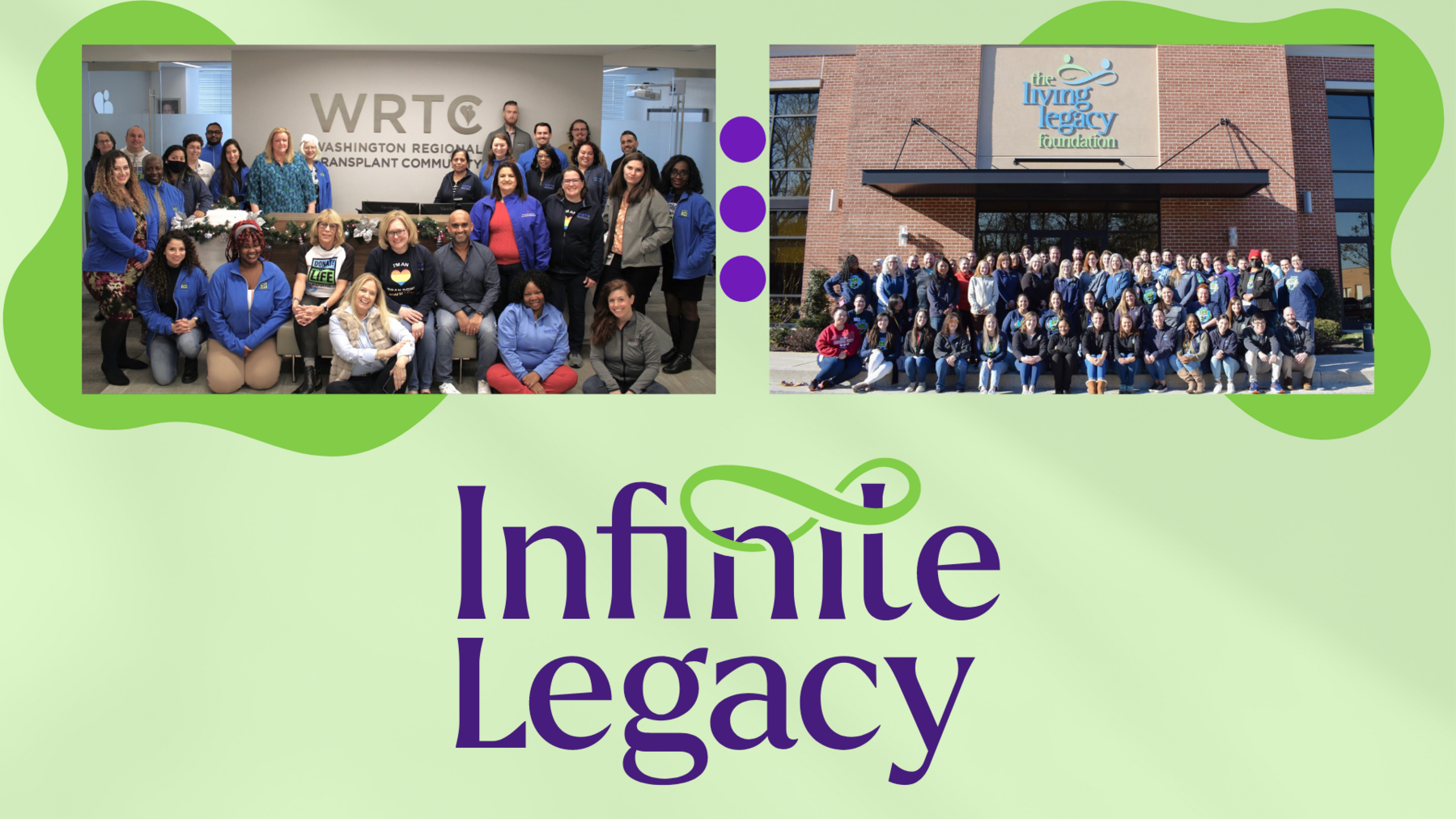
Our Story
is one of continuous growth and improvement. From humble beginnings as small organ recovery programs running out of hospitals in Baltimore, Northern Virginia and Washington, D.C., we grew; first, into two of the most successful organ procurement organizations in the country; and then, into one powerhouse organization serving almost 10 million people in Maryland and the metro DC area.
Our commitment to saving and enhancing lives through organ, eye and tissue donation has remained steadfast throughout it all.
Now? Our history continues to write itself. As two organizations come together, our mission and our mandate to save and enhance lives grow in tandem. We remain committed to supporting our donor families, helping the thousands in need of a lifesaving or enhancing transplant, and serving our community, no matter where they are or what name we do it under.
Our work has kept us on the forefront of research, technology and innovation in the transplant field. Participation in projects such as the first organ donor education program for teens on the East Coast, the first full facial transplant in Maryland, the first organ delivered via drone for a transplant, and countless more have made us leaders in the industry over the years.
Read more about the long and rich history of Infinite Legacy below!
Timeline
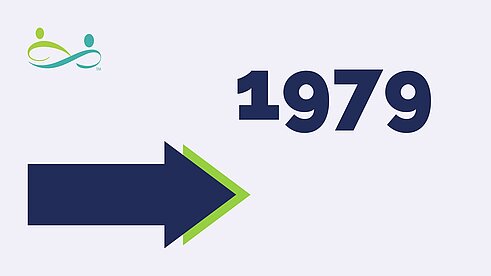
1979
The Greater Baltimore Organ Procurement and Perfusion Center (GBOPC) formed. As the transplant program in Maryland grew in size and types of organs needed, its transplant centers (Johns Hopkins Hospital and University of Maryland Medical Center) merged.
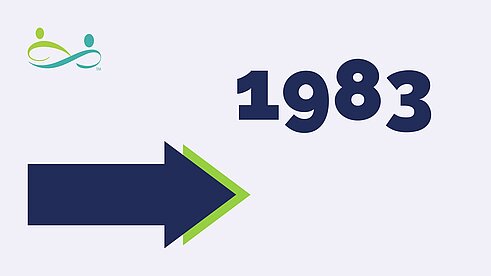
1983
The Greater Baltimore Organ Procurement and Perfusion Center (GBOPC) incorporated into the Maryland Organ Procurement Center (MOPC).
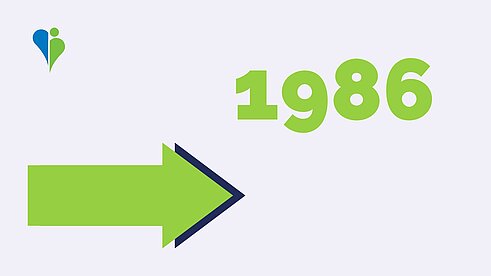
1986
The Washington Regional Heart Transplant Consortium (WRHTC) was established providing heart transplants to patients at five local hospitals. Member hospitals included Children’s Hospital National Medical Center, Inova Fairfax Hospital, The George Washington University Medical Center, Georgetown University Hospital and the Washington Hospital Center.
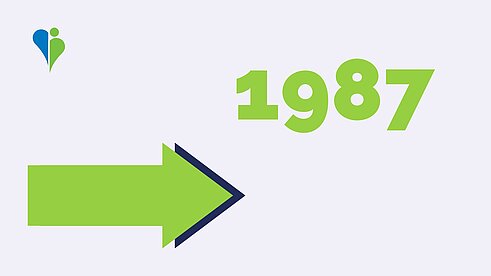
1987
WRHTC changed its name to the Washington Regional Transplant Consortium and became the organ and tissue procurement organization for the metropolitan area, including Washington, D.C., six counties and one city in Northern Virginia and four counties in suburban Maryland.
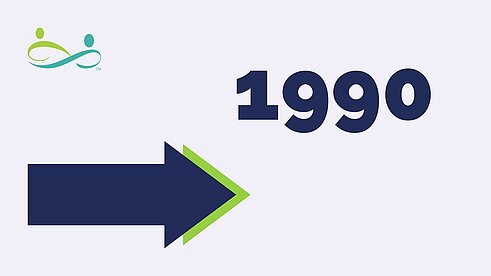
1990
Maryland Organ Procurement Center (MOPC) merges with the University of Maryland Tissue Bank and Laboratory to become The Transplant Resource Center of Maryland (TRC).

2006
Launch of Washington, D.C. organ, eye and tissue donor registry: DonateLifeDC.org.

2007
WRTC changes its name to Washington Regional Transplant Community.
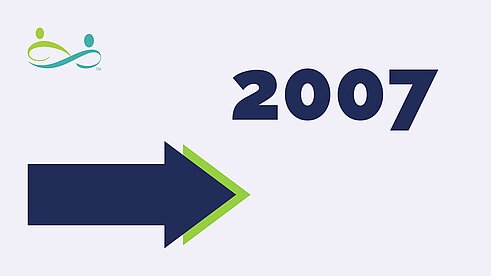
2007
The Transplant Resource Center (TRC) changes its name to The Living Legacy Foundation of Maryland (The LLF). The new name and logo symbolize the infinite extension of life donated through organ, eye and tissue donation by the donor to the recipient.
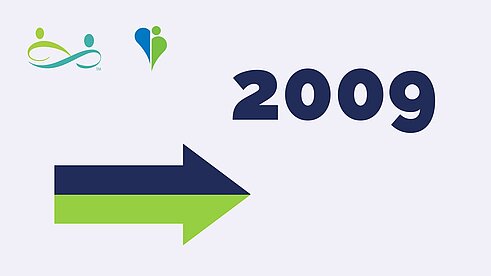
2009
Donate Life Maryland launches the Maryland Donor Registry. Donate Life Maryland, along with the Motor Vehicle Administration, announces the completion of a project to combine the MVA's organ, eye and tissue donor designation data with that of the state's online registry. With the creation of the new registry, Marylanders now have two options in designating themselves as donors: on a driver's license application at the MVA or online.

2010
Launch of Virginia organ, eye and tissue registry: DonateLifeVirginia.org.
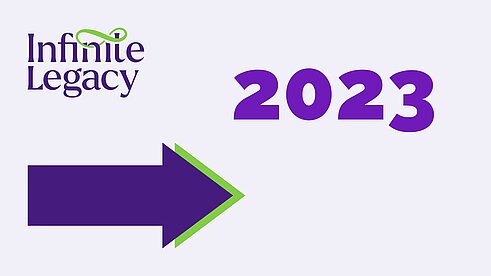
The Living Legacy Foundation of Maryland and Washington Regional Transplant Community officially merge into Infinite Legacy, an organ procurement organization which serves almost 10 million people in the Maryland and metro DC area.

